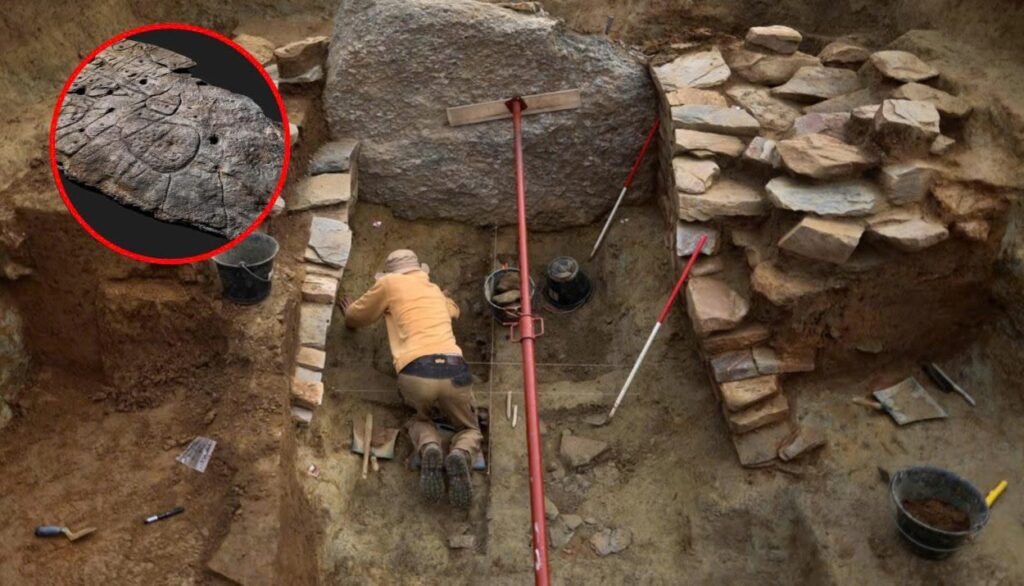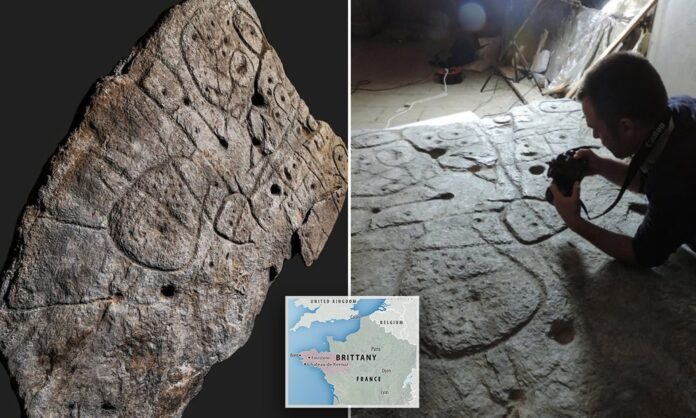Bronze Age Artifact Unveils Prehistoric Cartography
Discovery and Journey of the Saint-Bélec Slab

In 1900, an extraordinary discovery was made in the Leuhan parish of France’s Finistère Department. A large stone slab, measuring 3.86 meters long and 2.1 meters wide, was unearthed from an early Bronze Age barrow. This artifact, dating back to 2150-1600 BCE, would later be recognized as Europe’s oldest known map.

The slab’s journey was as remarkable as its significance. After its discovery, it was moved to a private museum, then acquired by the Musée des Antiquités nationales in 1924. For decades, it lay forgotten – first in a castle moat, then in a cellar – until its rediscovery in 2014.
Decoding the Ancient Map

In 2017, Dr. Clément Nicolas from Bournemouth University and his team began a detailed study of the Saint-Bélec slab. Using high-resolution 3D surveys and photogrammetry, they uncovered intricate engravings that bore hallmarks of a prehistoric map.

The slab’s surface was intentionally shaped to represent the Odet River valley, with lines depicting the river network. The researchers found that the map corresponded to an area of approximately 30 km by 21 km along the Odet River.
A Window into Bronze Age Society
The central motif on the slab, interpreted as an enclosure symbol, suggests the existence of a territorial center near the confluence of three rivers: the Odet, the Isole, and the Stêr Laër. This territory likely covered an area of 545 to 843 square kilometers.

Researchers speculate that the slab may have served as a cadastral plan, used for managing territory and controlling land. Its creation coincides with the development of field systems in Brittany and may indicate the emergence of new forms of land tenure during the early Bronze Age.
This remarkable artifact not only showcases the cartographic skills of our ancestors but also provides invaluable insights into the social and territorial organization of Bronze Age Europe.

